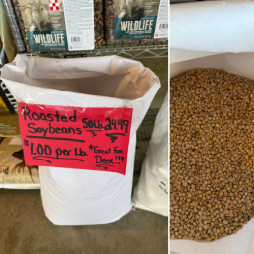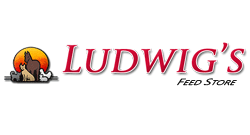{article.name}
Stay Informed
Minimizing Stress When Weaning Foals

- Share this:
- Share on Facebook
- Pin on Pinterest
- Tweet on Twitter
Weaning a foal naturally induces high stress and can lead to illness, loss of weight, or injury. That means an unhappy foal that is costly of your time, money, and resources. If done carefully, weaning a foal can lead to a strong, healthy young horse that is more productive and more valuable in today’s demanding industry. Let’s run through a few basics and a couple helpful tips to be sure you don’t make the mistake of over-stressing your foal in this crucially developmental time for the animal.
The “right” time to wean is not a cut and dry question. It really depends more on the horse’s owner/caretaker than the age or demeanor of the horse. You must be ready to undertake the demanding process of nurturing a very delicate and dependent creature. Primarily, you must be able to give the project the time it requires. Once it is determined that the time and resources are available, you can consider whether the foal is in proper health and of the proper age. Typically, weaning takes place at 3 to 6 months of age, but this can be influenced by show schedules or breeding calendars. Just keep in mind that the longer you can wait, the more independent the foal will be, which makes for an easier weaning process.
Regardless of the age at which you choose to wean, you need to start exposing the animal to creep feed long before the weaning process begins. Typically, creep feed can be introduced at two months after birth, but foals will often signal that they are ready by showing an interest in the mare’s rations. Gradually changing the animal’s diet will help to minimize the stress placed on the body and the confusion of the new routine that will come about over time.
Young horses have to undergo some relatively intense health care procedures. It is a good idea to have as many of these procedures take place before the weaning process begins. Deworming, for example, can start as early as four weeks of age. Just be sure to use a program and a dewormer that is deemed safe for horses this young. Get the foal’s vaccinations out of the way and start a regular routine of hoof care to monitor bone growth and alignment. If gone unchecked, these problems can add a lot of stress to a growing horse struggling to be independent.
Do the weaning in an environment that is familiar to the foal. Every detail of the process should be gradual. The proximity of the mare, for example, is very important. While keeping safety in mind and preventing nursing, allow the mare and the foal to see, hear, and even touch each other. Decrease the accessibility after a few days and continue to do so, taking note of the foal’s stress level. Running and frantic neighing are the most common signs of discomfort or stress.
Ultimately, you just need to plan ahead, be patient, and make every change gradually. Just like raising any youth, this developmental time will play a large roll in the animal’s personality and abilities. Investing time now will pay dividends in the future.
Special Offers



Comments